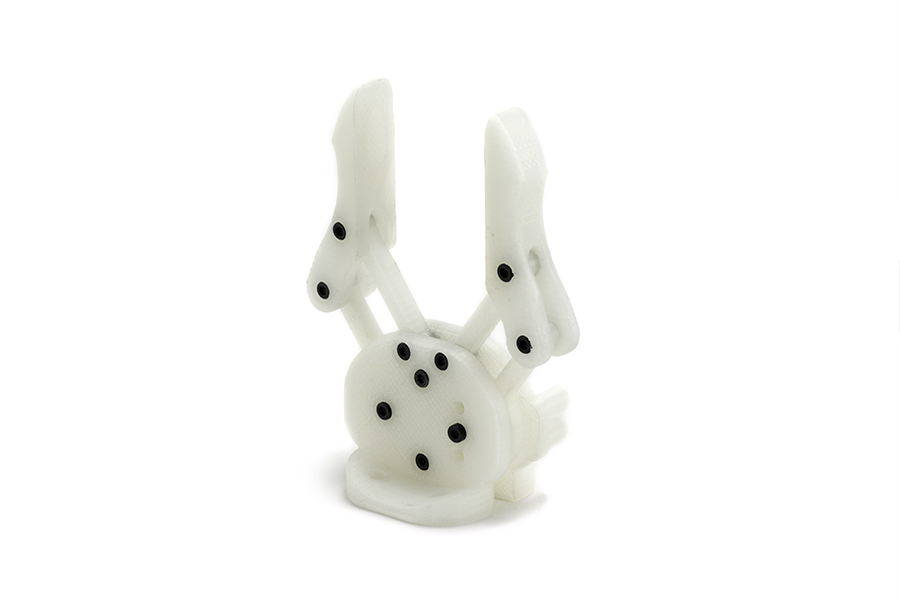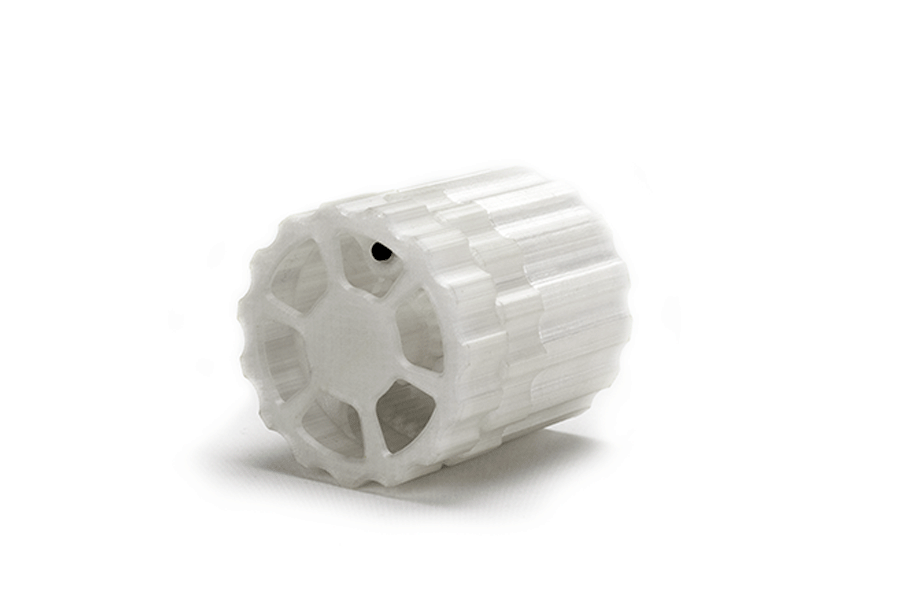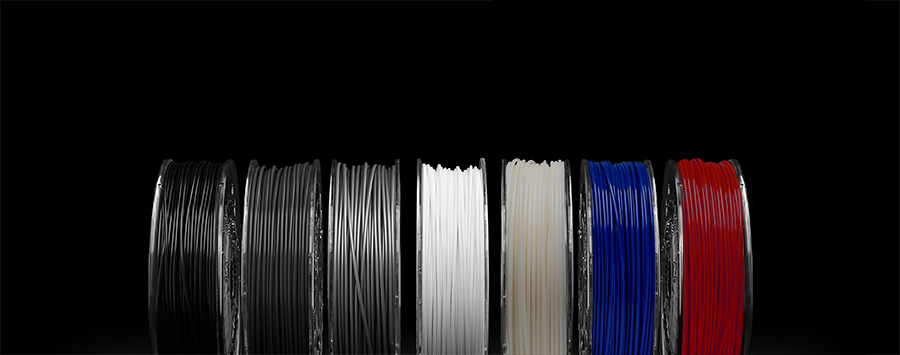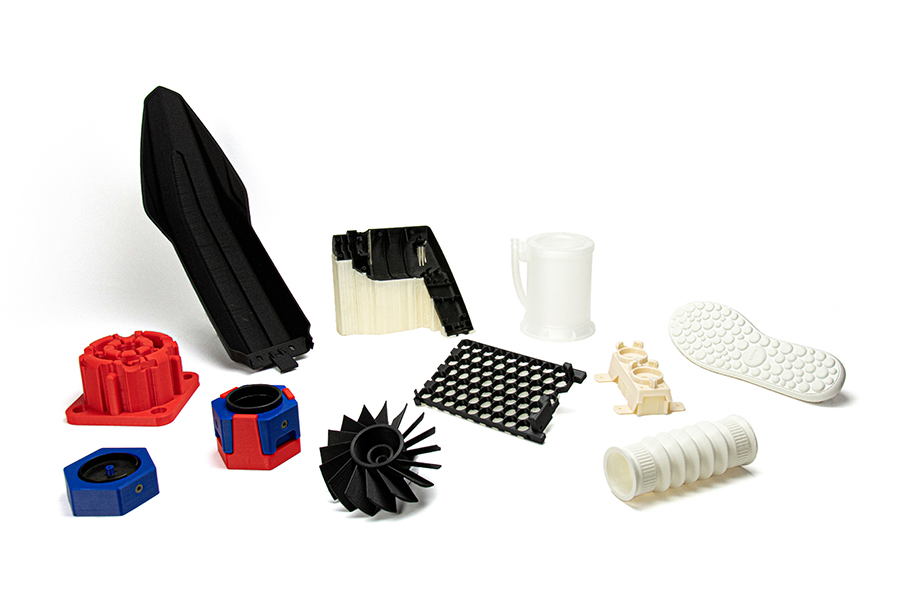Follow our Nylon 3D printer filament advice for indestructible parts
For printing with nylon, there’s no need for a specialized nylon 3D printer. In this article, discover exactly what Nylon is and the properties it has to offer. Learn about the variety of applications this material can be used for and how you could benefit from it.

If you’re seeking a strong material that can withstand hits, bumps, and high temperatures, a nylon 3D printer filament could be the one for you. In this article, we discuss the origins of Nylon, its properties, and the wide range of applications it can be used for. Let’s get started!
What is Nylon?
The word “Nylon” is a trademarked brand word for a specific polymer firstly manufactured by Dupont in the 60s who were using it to create tights and stockings. It’s one of the many brand names that refer to a class of polymers.
Polyamide 11 and 12 work well for technologies such as SLS. In FDM printing, we normally work with polyamide 11, 12, 6, and 66.
Here at BCN3D, our polyamide (PA) is from BASF and maintains the following properties:
- heat-resistant up to 100 degrees
- wear-resistant
- impact-resistant
- semi-flexible
Since they are not too rigid and not too flexible we cannot say they are rubbers. rigid at room temperature. PA is the most cohesive plastic, difficult to tear apart but still flexible. If they are used to make thin walls with thin structures they’ll be pliable, and can therefore be used for flexible types of applications, things that can flex and not break.
In the industry, they’re a bit more expensive than other plastics so they’re only used in special applications when you need specific properties, especially if you need impact resistance. Parts made of nylons or polyamides can withstand impacts such as being hit with a hammer without breaking.
Polyamides are commonly improved with the addition of carbon or glass fibers, for a high-temperature material that’s even more rigid. Although not as flexible as before, this process means it still maintains the best properties.
For automotive parts that also need to withstand temperature, polyamide is the right choice.
This filament is also commonly used for its abrasion resistance. For example, for applications where you have moving parts that slide onto a surface, this surface can be made of polyamide. Another application could be rollers and wheels in carts and trolleys, which can roll forever without being ruined.
If you want something indestructible print it with polyamide!

So what does a nylon 3D printer require?
Although Nylon is widely considered a difficult material to print, there are no specialized printers for this type of filament. Some makers purchase a spool, try it a couple of times, and don’t use it again when their printed part doesn’t come out the first time like other filaments such as PLA. Don’t be disheartened!
The reason for this misconception is its tendency to warp. If you don’t stick it properly to the bed the part just lifts up during printing and comes out destroyed. Also, if you use a small printer without an enclosure you can have big problems. The solution for this is a good-quality printer that can give you good control of the printing process.
Polyamide needs to be printed at a high temperature between 270-280 degrees. At these temperatures, polyamide is completely safe and doesn’t release any toxic gases.
One fun fact about polyamide is that you can dye it. Your polyamide printed part will initially be a whiteish color, then if you put it in a dye solution of the color of your choosing it will absorb the colorant. It was first developed as a substitute for silk since it takes up color very easily and is similar to wool in chemical composition.
To sum up, the polyamides in the nylon 3D printer filament family are very useful materials.
Be persistent in the beginning and you’ll find that this material can provide you with properties such as heat and impact resistance. If you’d like to read more about the range of 3D printing filaments, download our white paper below!




